Fly with Peace of Mind: Lithium Battery Pack on the Plane

The use of lithium battery packs on aircraft is becoming increasingly popular due to their superior performance. Lithium batteries offer a significant improvement in weight and size over traditional lead-acid or nickel-cadmium batteries, allowing for greater efficiency and flexibility when it comes to powering an aircraft.
This article will discuss the advantages of using lithium battery pack technology in aviation applications, as well as some potential challenges associated with its implementation.
There are several key benefits that make lithium battery packs attractive for aviation uses. First, they have low self-discharge rates, which means they can retain charge longer than other types of batteries and therefore require less frequent recharging.
Additionally, they provide higher energy density levels compared to other technologies, meaning more power can be drawn from them without increasing the physical size or weight of the system.
Finally, lithium battery packs are highly reliable; they are designed with safety features such as built-in protection circuits and temperature sensors that prevent overheating and overcharging, ensuring maximum longevity and reliability even under extreme conditions.
It is these factors combined that make lithium battery packs ideal for aircraft operations where safety is paramount and failure is not acceptable.
Definition
A lithium battery pack is a type of rechargeable battery that can use in aircraft. It is made up of one or more cells with an electrolyte filled between two electrodes. These batteries are often referred to as Li-ion (Lithium-ion) or LiFePO4 (lithium iron phosphate). Lithium batteries offer higher energy density, which enables them to be lighter and smaller than other types of batteries while still providing the same amount of power. (Learn More Top Questions About Lithium Batteries!)
The safety requirements for lithium battery packs on airplanes have been set by various global organizations such as ICAO, FAA and EASA. The regulations require that these batteries must meet certain standards related to safe operation, handling, storage, transportation and disposal. To ensure compliance with these rules, manufacturers must adhere to strict quality control processes when designing their products.
In addition to meeting regulatory requirements, it is important for airlines to consider the potential risks associated with using lithium battery packs in their planes. Potential hazards include overcharging, short-circuiting and thermal runaway due to high temperatures within the cells caused by excessive charging currents. As such, it is essential for operators to use only approved equipment and follow all safety protocols when operating flights powered by lithium batteries.
Types Of Batteries
When it comes to powering planes, batteries come in all shapes and sizes. Each type of battery offers its own unique benefits for aircraft operation but ultimately an aviation expert will choose the one that best fits their needs. When looking at the various types available, a common comparison is often drawn between lithium-ion, lead-acid, nickel-cadmium, alkaline-manganese and zinc-carbon batteries.
Lithium-ion batteries offer higher energy density than other types due to their ability to store more power per kilogram or volume unit. Their rechargeable nature makes them highly efficient in terms of both weight and cost when compared with traditional disposable cells like lead-acid or nickels cadmium. Additionally, they have no memory effect which means they can be recharged without being completely drained first. This makes them ideal for use on airplanes where every ounce counts.

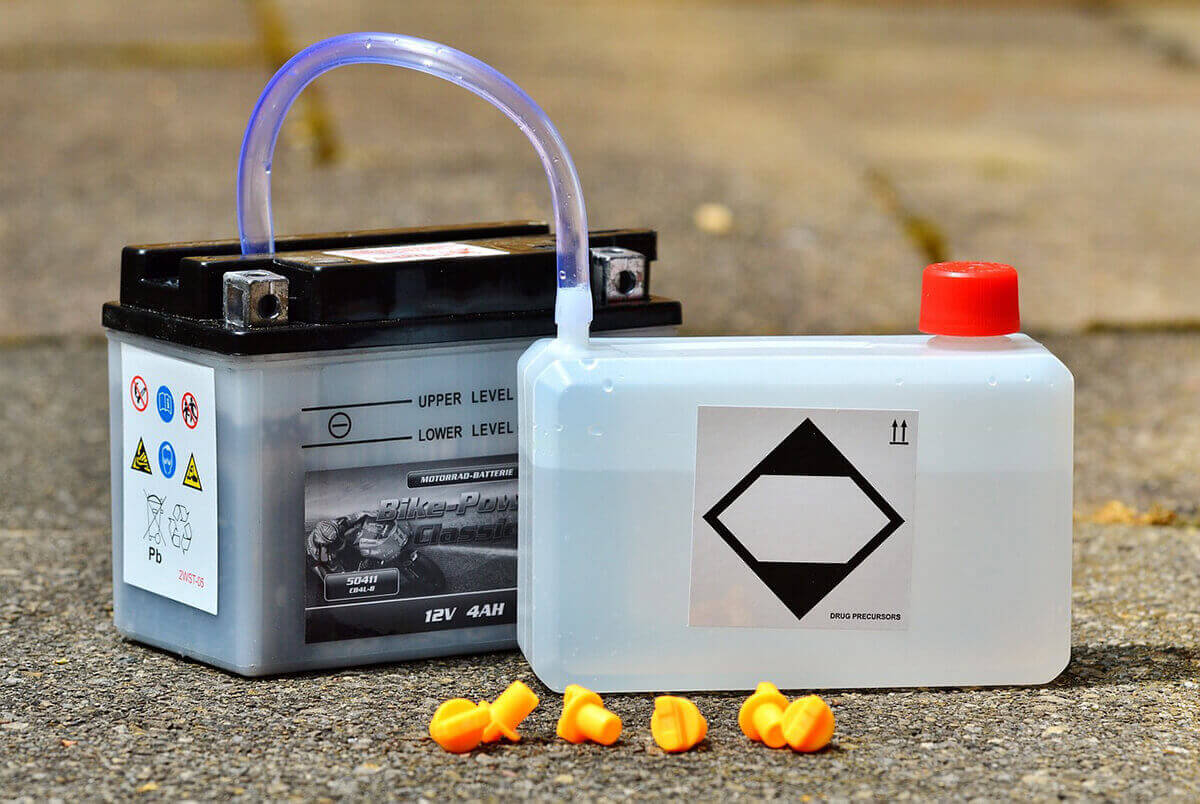
Lead-acid batteries are cheaper than lithium-ion alternatives but may not provide as much usable capacity over time due to their limited charge cycles before needing replacement. Nickel-cadmium (NiCd) cells also require frequent charging cycles which reduces overall lifespan however these are still preferred by some pilots who need a reliable backup system on board their plane. Alkaline manganese cells tend to be quite lightweight and offer high-performance levels while zinc carbon ones are inexpensive yet short-lived in comparison to the others mentioned here.
No matter what type of battery you select for your airplane’s propulsion system, understanding the strengths and weaknesses of each type is key so that you can make an informed decision about which works best for you -- taking into account your budget considerations as well as desired performance level requirements.
Safety Considerations For Air Travel
The use of lithium battery packs on planes requires special consideration due to their potential for creating hazardous situations. It is important that airlines and passengers alike understand the risks associated with their presence, as well as ways to mitigate them.
Lithium batteries can heat up quickly if they are damaged or not used properly; this poses a risk of fire in the cabin of an airplane. Airlines should ensure that all staff, including crew members and mechanics, are trained on proper handling methods to reduce such risks. Passengers must also be aware of how to safely store and transport these packs within aircraft cabins.

It is essential for airline safety teams to stay informed about any updates regarding lithium battery regulations issued by aviation authorities like the Federal Aviation Administration (FAA). Furthermore, airlines should regularly inspect their fleet's cargo holds for signs of damage or wear related to transporting lithium batteries during flight operations. Adherence to such measures will help ensure safe air travel experiences for both passengers and crew members.
By understanding the safety considerations surrounding the use of lithium battery packs on airplanes, airlines can work towards providing passengers with confidence in their air travel experience knowing that appropriate steps have been taken. Proper training, maintenance protocols and regulatory compliance should serve as standard practice when it comes to ensuring passenger safety in relation to lithium batteries aboard commercial aircraft.
Lithium Battery Regulations
The use of lithium batteries in aircraft presents a number of challenges, including the need to adhere to stringent regulatory requirements. Air travel rules and regulations are complex and constantly evolving, with new certification standards being implemented regularly by aviation authorities around the world. It is essential that when transporting lithium batteries in airplanes, safety must be ensured at all times.
Adherence to international transport regulations such as those set out by IATA (International Air Transport Association) and ICAO (International Civil Aviation Organization) is paramount for successful air travel with lithium battery packs on board. These organizations provide detailed guidance regarding the secure handling and storage of these items during flights, which includes specific instructions on how they should be packaged and loaded onto planes. Furthermore, any changes made to these regulations must be followed precisely in order to ensure passenger safety throughout each journey.

Failure to comply with applicable laws can result in severe penalties for airlines or passengers found guilty of breaking them, so it is important for everyone involved in an aircraft's operation to remain informed about any recent changes or updates related to the safe transportation of lithium battery packs on planes. Companies may also need to invest in training or additional resources if required under current regulations.
The strict adherence to relevant laws that govern air travel involving lithium batteries helps protect both passengers and crew members alike while ensuring efficient operations across the industry as a whole.
Identification Of Lithium Batteries On Planes
The identification of lithium batteries on planes is critical for air travel safety. Lithium batteries are highly volatile and must be properly identified to avoid potential risks associated with their use on airplanes. Identifying a lithium battery pack requires three primary steps: visual inspection, testing procedures, and documentation.
Visual inspections provide an initial evaluation of the battery's condition and can detect any physical damage that may have occurred during shipment or storage. Testing is also necessary in order to verify the accuracy of the manufacturer’s specified capacity ratings, as well as proper discharge rates when discharging the cells. Finally, all records pertaining to the battery should be documented to ensure traceability in case further investigation is required.
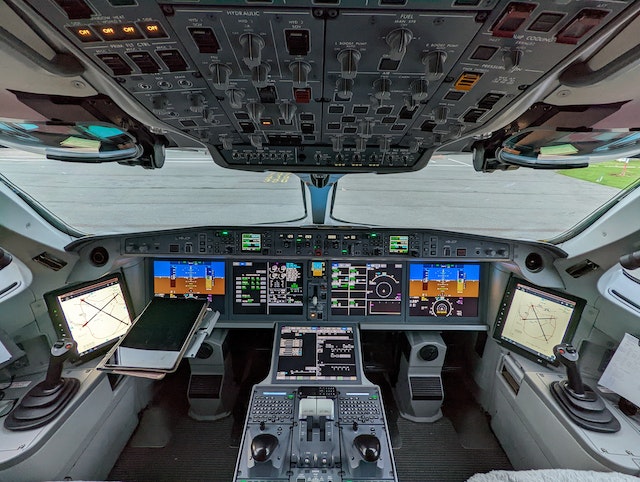
Identification of lithium battery packs used in airplane operations provides assurance that they meet all regulatory standards and minimize the risk associated with their usage in flight operations. As part of this process, airlines should regularly inspect and test each cell before installation into aircraft systems and document all findings accordingly.
Furthermore, manufacturers should consider additional measures such as tamper-proof seals or RFID tags to provide extra security against misuse or tampering with these devices while installed on board an aircraft. Adherence to these protocols will help guarantee safe flight operations using lithium batteries for power sources aboard commercial planes.
Testing Procedures For Lithium Batteries On Planes
Testing procedures for lithium batteries on planes are vital to ensure the safety of passengers and crew. It is extraordinary that these small, yet powerful pieces of technology can be used in such a large-scale environment as an airplane; therefore stringent measures must be taken during testing. To guarantee success, all components involved with the battery pack need to meet or exceed strict industry standards.
The primary purpose of testing lithium battery packs for use on planes is to verify that they remain safe when exposed to environmental conditions and air transport regulations. This includes temperature, pressure, vibration and other factors that could affect performance and operation while in flight. The tests should also include simulation of emergency scenarios such as sudden drops in power levels, electrical overloads and overcharging protection features.
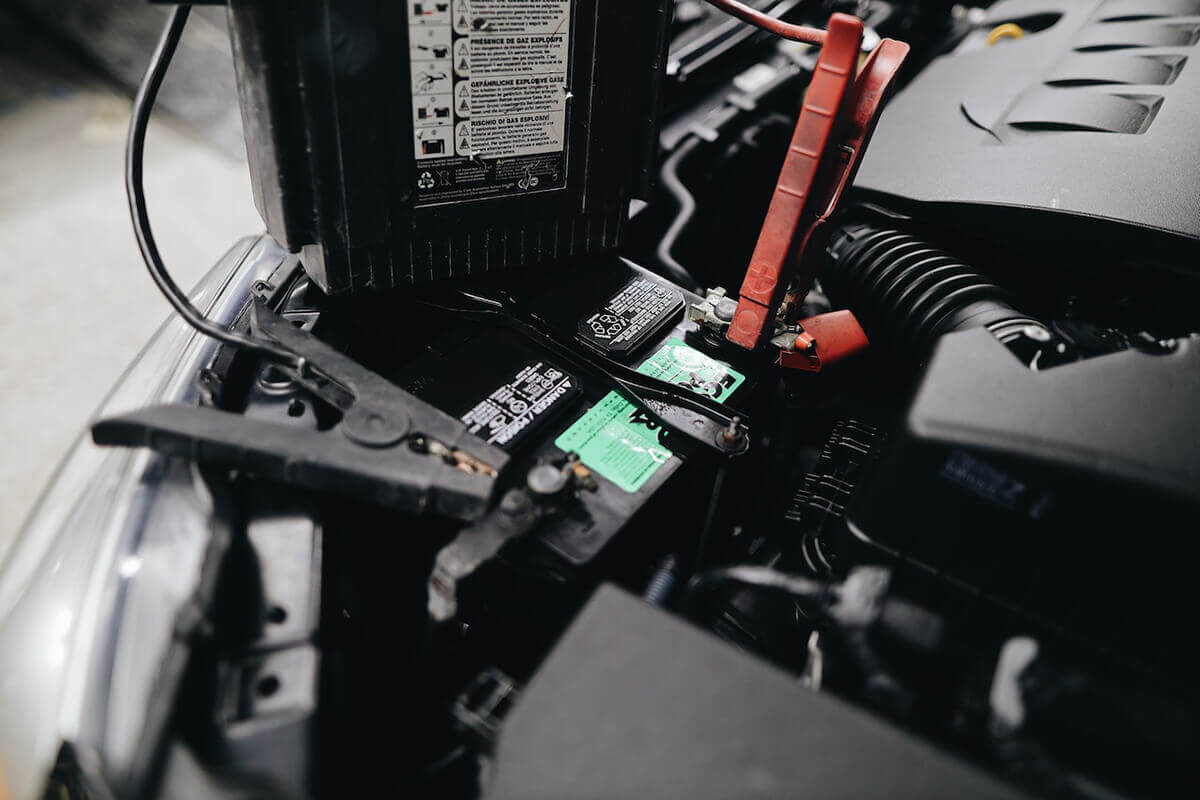
Additionally, each battery cell needs to pass individual tests which will determine its capacity, internal resistance and charging characteristics before being approved for installation into the aircraft.
Finally, after completing all necessary tests it is important to document them properly and store them securely so they can later be referenced if needed. Once this paperwork has been completed the battery pack can then be installed safely onto the plane knowing that it meets all required standards for air transportation.
For any further modifications or repairs, additional verification will have to take place prior to approval from aviation authorities. With proper attention paid throughout each step of the process, there is no doubt that lithium batteries are capable of providing reliable energy solutions for airplanes around the world.
Protection Measures For Lithium Batteries On Planes
The transport of lithium batteries by aircraft is subject to stringent safety protocols. The International Air Transport Association (IATA) has developed a comprehensive set of regulations and guidelines for the transport of lithium batteries aboard an airplane in order to ensure passenger safety. These include proper labeling, packaging, storage, handling and disposal requirements.
In addition to these IATA standards, airlines have implemented their own policies that restrict or prohibit certain types of battery packs on board airliners. Such restrictions may include size limits and specific voltage ratings for the batteries being transported.
Moreover, passengers are advised against carrying any devices containing a large number of Li-ion cells such as power banks due to the increased risk associated with them. Airlines also require special certification from manufacturers before allowing shipments containing Li-ion batteries onboard commercial flights.

Airlines must exercise extreme caution when transporting lithium batteries on planes given their potential hazard if mishandled or damaged during transit. As such, it is important for airline staff to be properly trained in safe transportation procedures related to lithium battery packs. This includes understanding how electric current can create a dangerous thermal event if the pack becomes overcharged or experiences a short circuit.
By taking appropriate precautions and following established safety protocols concerning the transport of Li-ion batteries onboard aircraft, airlines can reduce the possibility of accidents involving hazardous materials stemming from faulty or poorly handled Li-ion cells.
How To Pack Lithium Battery Packs On Planes
It is ironic that the very same lithium batteries which have transformed air travel in so many ways may, if not properly handled, also put travelers at risk. For those who wish to transport lithium battery packs on planes safely and with peace of mind, there are certain packing regulations and disposal practices they must adhere to.
First and foremost, it is essential for passengers to understand how their lithium battery pack should be packed before getting onto a plane. When considering where the lithium battery pack will go when traveling by plane, it should always be placed either in a carry-on or checked luggage.
It should never be stored in any external pockets as this could pose an unwanted fire hazard during flight, and all terminals and/or cells within the battery must be taped up using insulation tape; failure to do so risks short circuits occurring during transit leading to potential danger on board the plane.
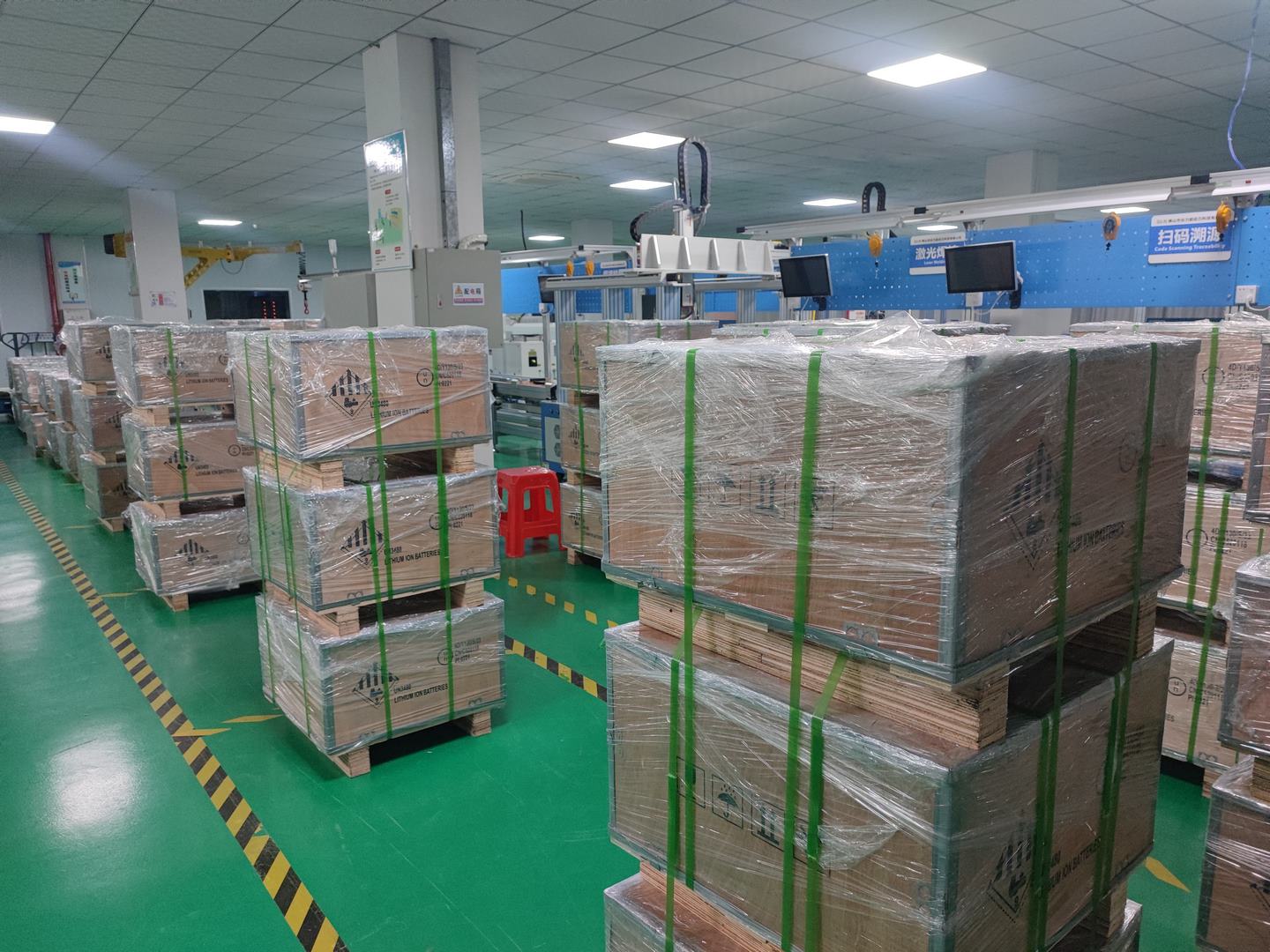
Furthermore, disposing of spent lithium batteries appropriately is just as important as packing them correctly for air travel safety purposes. Passengers should ensure that all used battery cells are disposed of responsibly when disembarking from flights placing them into dedicated battery collection bins or taking them for recycling is advised - instead of leaving them behind onboard aircraft or throwing them away carelessly upon arrival.
By following these simple steps travelers can rest assured knowing they have done everything possible to prevent any accidents involving their own individual lithium battery packs while flying, thus guaranteeing a safe journey for themselves and others aboard the airplane.
Charging Protocols On Planes
When flying with lithium battery packs, there are several airline charging regulations to consider. Airlines typically require passengers to keep the device off for most of the flight and limit in-flight charging rules to certain sections of a plane. This is due to concerns about using high-power devices inside an aircraft cabin as they can cause interference with onboard navigation systems.
To ensure that safety protocols are followed while on board, airlines usually restrict or prohibit the use of external chargers during flights. Additionally, some may not permit any type of lithium battery pack charging at all until the plane reaches 10,000 feet altitude where it has been deemed safe by aviation experts. Passengers should check their specific carrier’s policy before attempting to charge their device on board.
In order to maximize passenger comfort without compromising safety, many airlines have begun offering wireless in-seat power connections which allow travelers to keep their devices charged throughout the duration of their flight. These innovative solutions provide users with easy access to electricity so they have less need for external batteries or cables while still adhering to strict airplane charging protocols.
Prohibited Uses Of Lithium Battery Packs On Planes
It is essential to understand the restrictions in place for lithium battery packs on planes. For the comfort and safety of passengers, airline carriers have implemented several regulations regarding their use. Airline authorities carefully consider each case before allowing a passenger to bring a lithium battery pack on board an aircraft and will usually deny any requests that do not comply with established guidelines.

The most common prohibited uses of lithium battery packs include using them as external power sources or charging devices while onboard an aircraft, carrying bulky spare batteries in hand luggage, leaving them unattended during flights, and storing them inside checked baggage without prior approval from the airline carrier.
Passengers must also be aware of certain weight limits when traveling with these items; they should check relevant policies beforehand to avoid incurring fines or other penalties during boarding.
Moreover, travelers are urged to adhere strictly to all instructions provided by flight attendants concerning the handling of lithium-ion cells and batteries, such as keeping them away from ignition sources and out of reach of children. Airlines may also require passengers to show proof that their gadgets are certified safe for air travel before bringing them onto flights.
Finally, failure to observe all applicable laws can result in serious consequences including detention at customs upon arrival or departure from international locations where additional security measures apply to lithium battery packs due to terrorism threats.
Proper Disposal Of Used Lithium Battery Packs
When it comes to the proper disposal of used lithium battery packs, there are several key regulations and methods that must be followed by aviation experts. In order to ensure the safety of all passengers on board a plane, proper disposal is essential for preventing any potentially hazardous incidents.
The first step in properly disposing of used lithium battery packs involves understanding the various disposal regulations set forth by commercial airlines. These regulations will often specify how long a pack can remain onboard an aircraft before being safely removed from service.
Additionally, these regulations may also dictate which types of batteries should not be disposed of together or stored within the same compartment. Knowing and following these guidelines can help prevent contamination or accidental exposure to combustible elements when dealing with spent lithium cells.

In addition to adhering to airline-specific regulations regarding the proper disposal of used lithium battery packs, it is important for aviation experts to have access to appropriate disposal methods such as recycling centers or designated drop-off locations. Recycling centers provide an eco-friendly alternative for disposing of many different types of batteries while also reducing waste in landfills and conserving natural resources.
Alternatively, some airports may offer special drop-off locations where unwanted batteries can be safely collected and recycled at no cost. By having access to both options, companies can ensure they are taking the necessary steps toward responsible disposal practices while avoiding costly fines associated with improper handling procedures.
Aviation experts must take into consideration their responsibilities when disposing of used lithium battery packs aboard airplanes due to their potentially dangerous nature if handled improperly. Following established guidelines set forth by airlines and utilizing appropriate recycling methods or dedicated drop-off facilities helps protect passengers from harm while promoting sustainable environmental practices at the same time.
Certification Requirements For Lithium Battery Packs In Air Travel
When lithium battery packs are used in air travel, they must meet certain certification requirements. These requirements ensure the safe transport of these materials and protect passengers from potential hazards associated with their use.

Certification protocols for lithium batteries also provide a uniform set of guidelines that all airlines must follow to ensure safety and compliance with international standards.
The International Civil Aviation Organization (ICAO) sets forth the most stringent regulations regarding the transportation of lithium battery packs by aircraft. They enforce specific requirements related to size, design, performance, testing, packaging and labeling.
To further this effort, ICAO has created an advisory circular that provides guidance on how operators should inspect and manage lithium-powered items before flying them on board their aircraft. Additionally, it is important for airlines to be aware that each country may have its own laws governing the transport of lithium batteries by air.
There are several steps required when seeking certification for using lithium battery packs in air travel. First, manufacturers must complete detailed documentation about the product’s construction and operation as well as any risks associated with its use during flight operations.

This information then needs to be reviewed and approved by aviation authorities prior to approval for commercial or private flights. Once approved, operators must adhere to established procedures such as regular maintenance checks and inspections in order to maintain the certification status of their equipment.
It is essential that airline operators understand essential regulatory requirements concerning the safe handling and transportation of lithium battery packs aboard aircraft so that passenger safety can be ensured at all times while still allowing efficient movement of goods across borders. Strict adherence to applicable rules will help guarantee optimal results while avoiding costly mistakes due to non-compliance with existing regulations.
Manufacturer Guidelines On Using Lithium Battery Packs In Air Travel
It is essential for manufacturers of lithium battery packs to understand the requirements and regulations regarding air travel in order for them to properly advise customers about safe use. Lithium battery Manufacturers should be knowledgeable on best practices when it comes to using lithium batteries during air travel, including how they are stored and transported.
For example, airlines typically require that passengers who wish to bring a lithium battery pack on board must have their device approved by the airline prior to boarding. This includes submitting information such as the make and model, size, weight and a serial number of the pack.
Additionally, certain types of lithium batteries may not be allowed aboard at all due to safety concerns. It is important for manufacturers to keep this in mind when designing or recommending a lithium battery pack for air travel.
It is worth noting that there are specific restrictions regarding the placement or storage of these devices while airborne. Generally speaking, most airlines will require that all carry-on luggage containing lithium batteries be placed under the seat in front of you rather than in overhead bins. In addition, wireless charging units must also remain off throughout the duration of the flight.
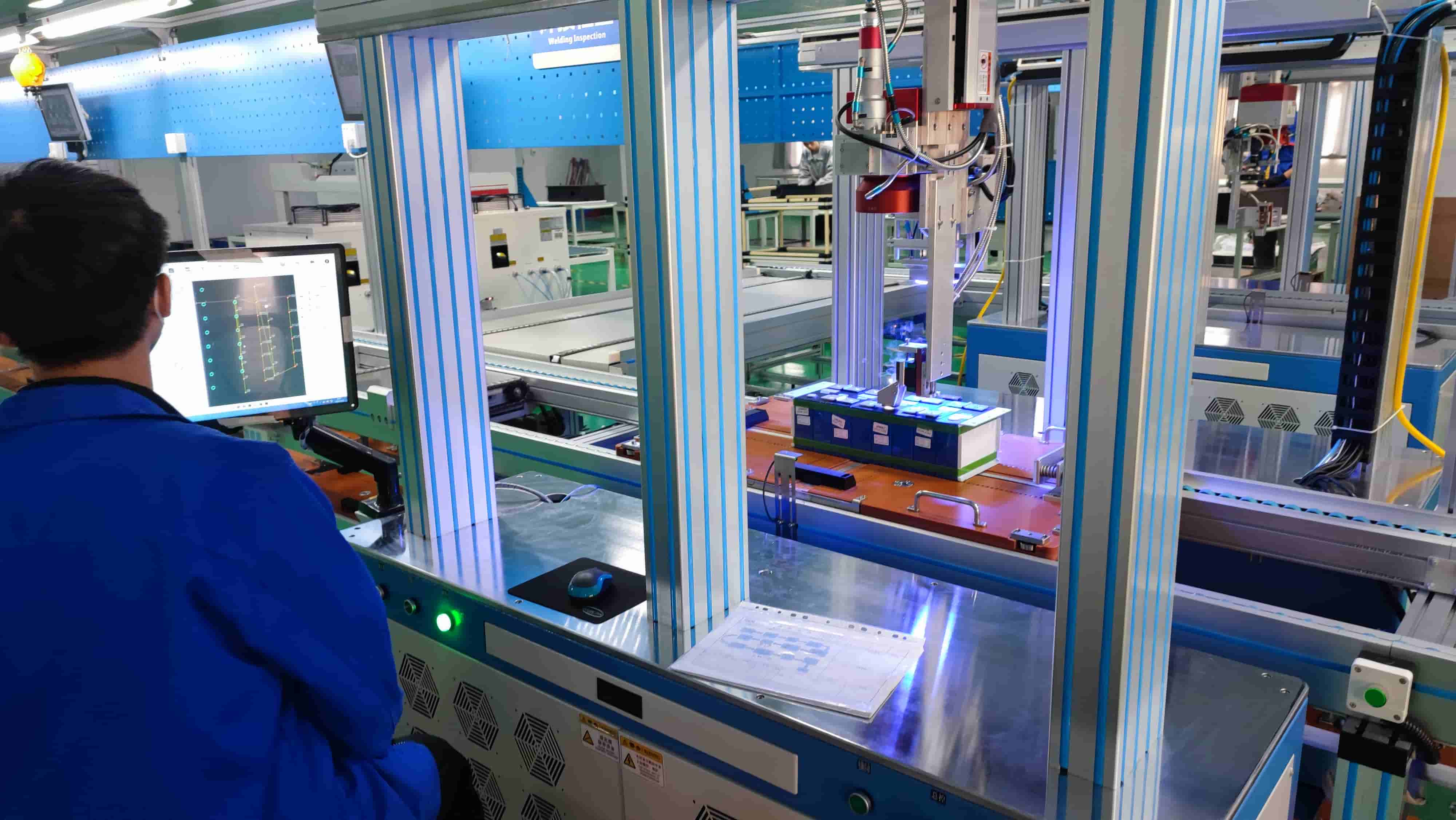
By being aware of these limits, manufacturers can provide clear instructions on what conditions need to be met before bringing a lithium battery pack onto an airplane.
Manufacturers play an important role in providing guidance so travelers can safely transport their lithium battery-powered devices during air travel without disruption or risk of injury or fire hazard associated with incorrect handling procedures.
With comprehensive knowledge of relevant guidelines as well as up-to-date technical specifications from aircraft operators, manufacturers can help ensure smooth flights for everyone involved.
Alternatives To Flying With A Lithium Battery Pack
When considering alternatives to flying with a lithium battery pack, it is important to look at the various types of non-lithium batteries that are available. These include alkaline and lead acid batteries, which can often be used as substitutes in cases when lithium batteries are not suitable for air travel.
Alkaline batteries have high energy density but limited storage capacity; however, they offer better performance than other types of non-lithium batteries. Lead acid batteries also have higher energy density and greater storage capacity than alkaline batteries, although their performance may be lower due to their bulky size.
Additionally, there are several types of rechargeable battery packs that can provide an alternative solution for air travel without using lithium cells. Rechargeable nickel metal hydride (NiMH) or nickel-cadmium (NiCd) battery packs have considerable storage capacity and good performance compared to primary cell packs such as alkaline or lead acid cells.
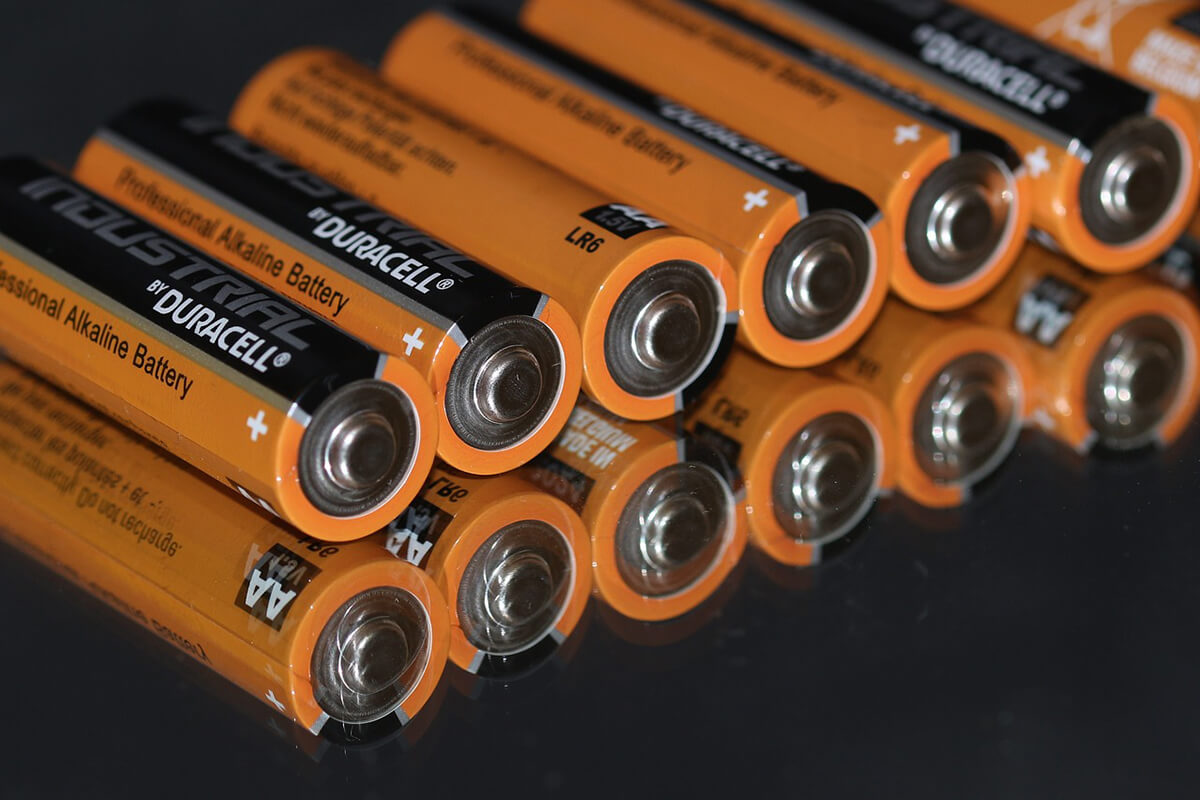
Overall, by carefully evaluating the needs of each specific application, choosing the lithium battery and or non-lithium battery becomes much easier. Taking into account factors such as safety requirements, cost-effectiveness and operational efficiency will help determine the best power source for any given situation.
Understanding the different qualities associated with each type of battery helps make informed decisions about powering devices while traveling on planes safely and efficiently.
Industry Best Practices For Safe Use Of Lithium Battery Packs In Air Travel
The safe use of lithium battery packs in air travel is an increasingly important and timely topic. With millions of passengers taking to the skies each day, it is essential that industry best practices are followed for ensuring safe flying with lithium batteries.
The Federal Aviation Administration (FAA) has issued guidelines on how to safely fly with these items and airlines have implemented several safety measures so travelers can feel confident about their journey.
When traveling, lithium battery pack users should always check their airline's regulations and policies before packing them in checked or carry-on luggage.
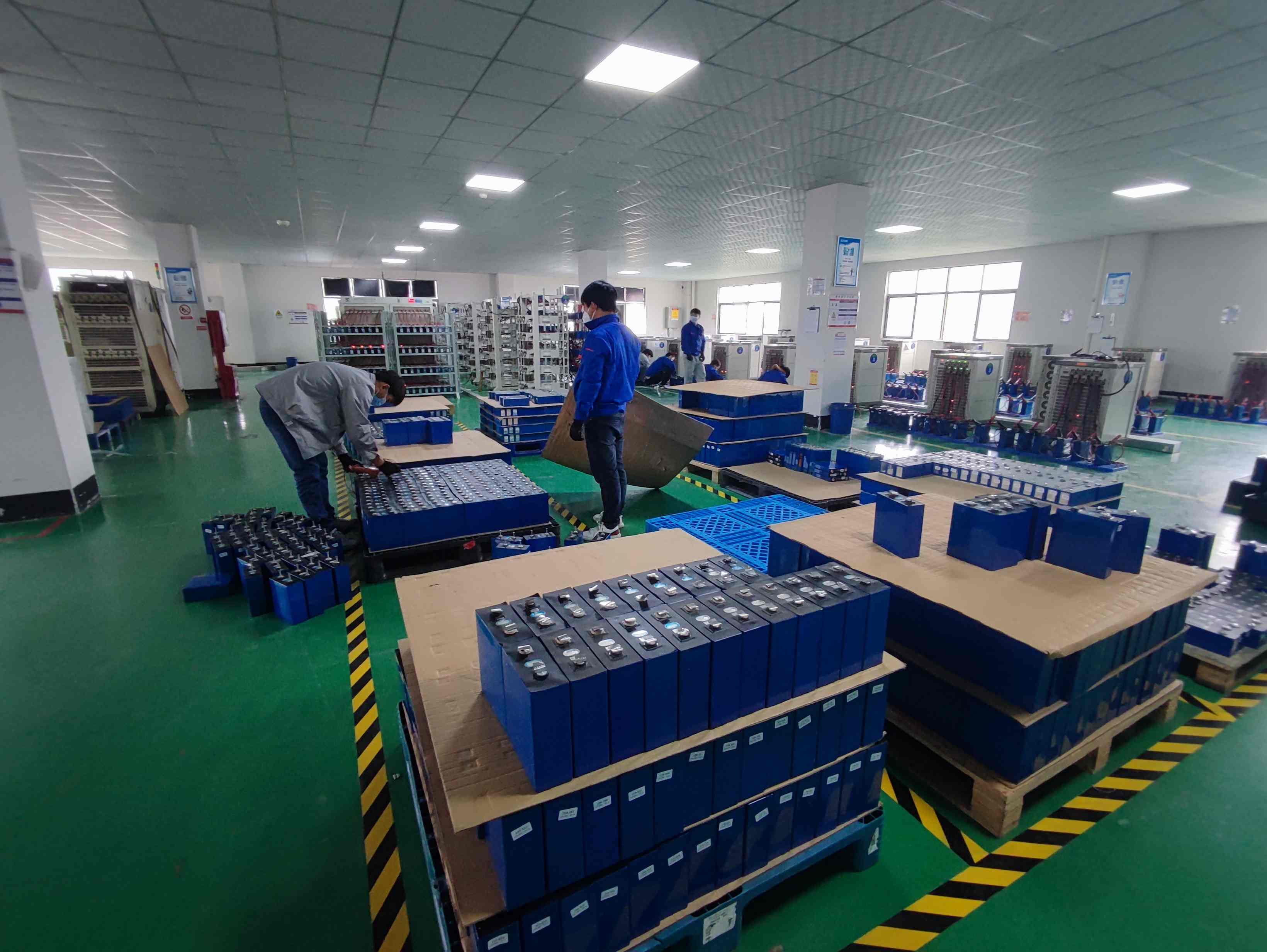
Airlines typically require passengers to declare any large lithium-ion batteries they are carrying, provide documentation regarding their certification as 'safe' for transportation by air, and store them properly within protective packaging. It is also recommended that travelers never place loose batteries into a suitcase, but instead secure them in devices such as flashlights, laptops or other electronic equipment.
In addition, it is advised that individuals who are bringing more than two spare batteries onboard ensure they have been approved by the FAA prior to doing so. By following these simple steps, travelers can be sure they’re being proactive when it comes to lithium battery safety while enjoying the convenience of using portable device power sources during their flight.
Through proper preparation and knowledge of available resources, those utilizing lithium battery packs can rest assured knowing they're playing their part in keeping themselves and others safe when airborne.
Conclusion
The use of lithium battery packs in aircraft is a complex topic that should not be taken lightly. Safety regulations, certification requirements, and industry best practices for safe travel with lithium battery packs can be difficult to understand.
However, these factors must be considered before using lithium battery packs in flight. To ensure safe operation, manufacturers must provide clear instructions on how to use their products properly during air travel.
Additionally, travelers should always familiarize themselves with any applicable restrictions before flying with lithium battery packs. Therefore, solving this problem requires careful consideration and diligent research, like putting together a puzzle—to avoid potential hazards or risks associated with the misuse or improper handling of lithium batteries.
So understanding the intricacies of using lithium batteries on an airplane will help travelers make informed decisions about power options while flying.
